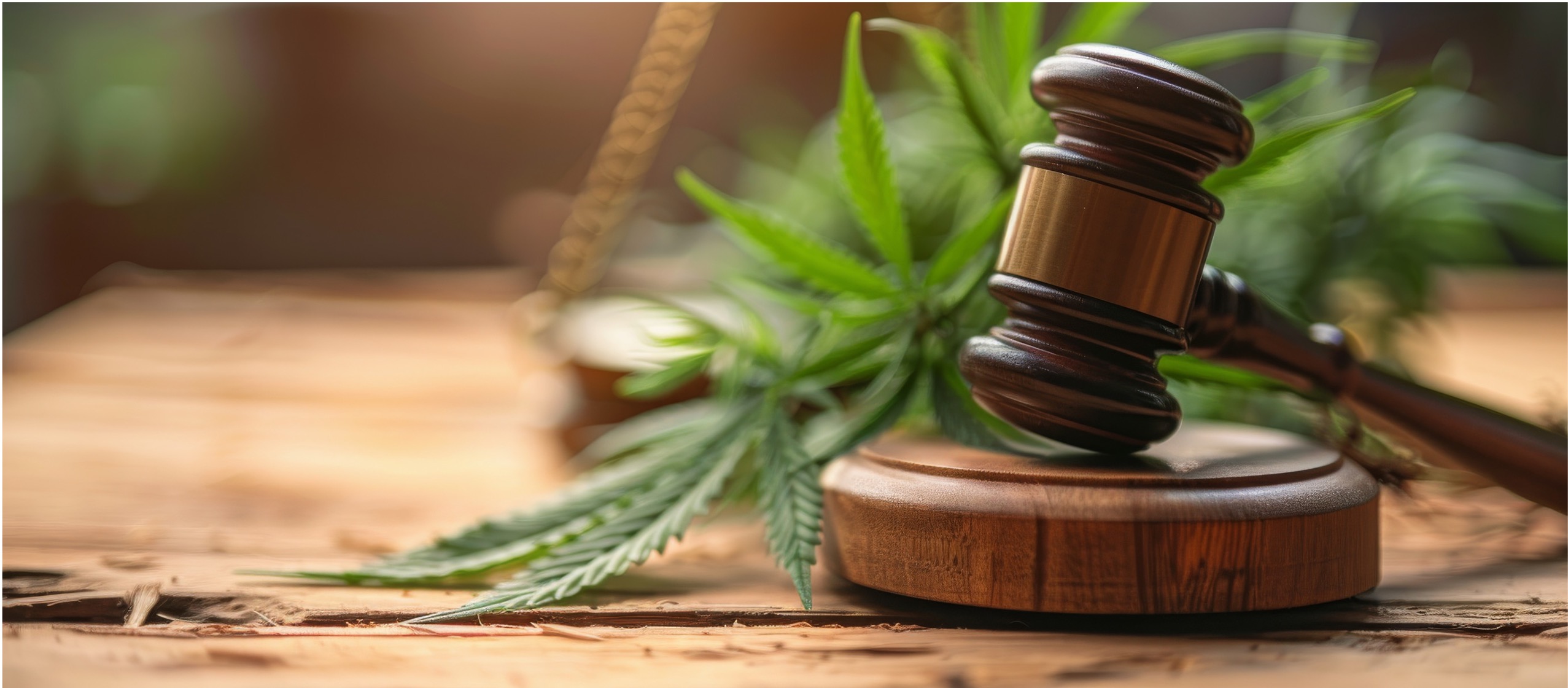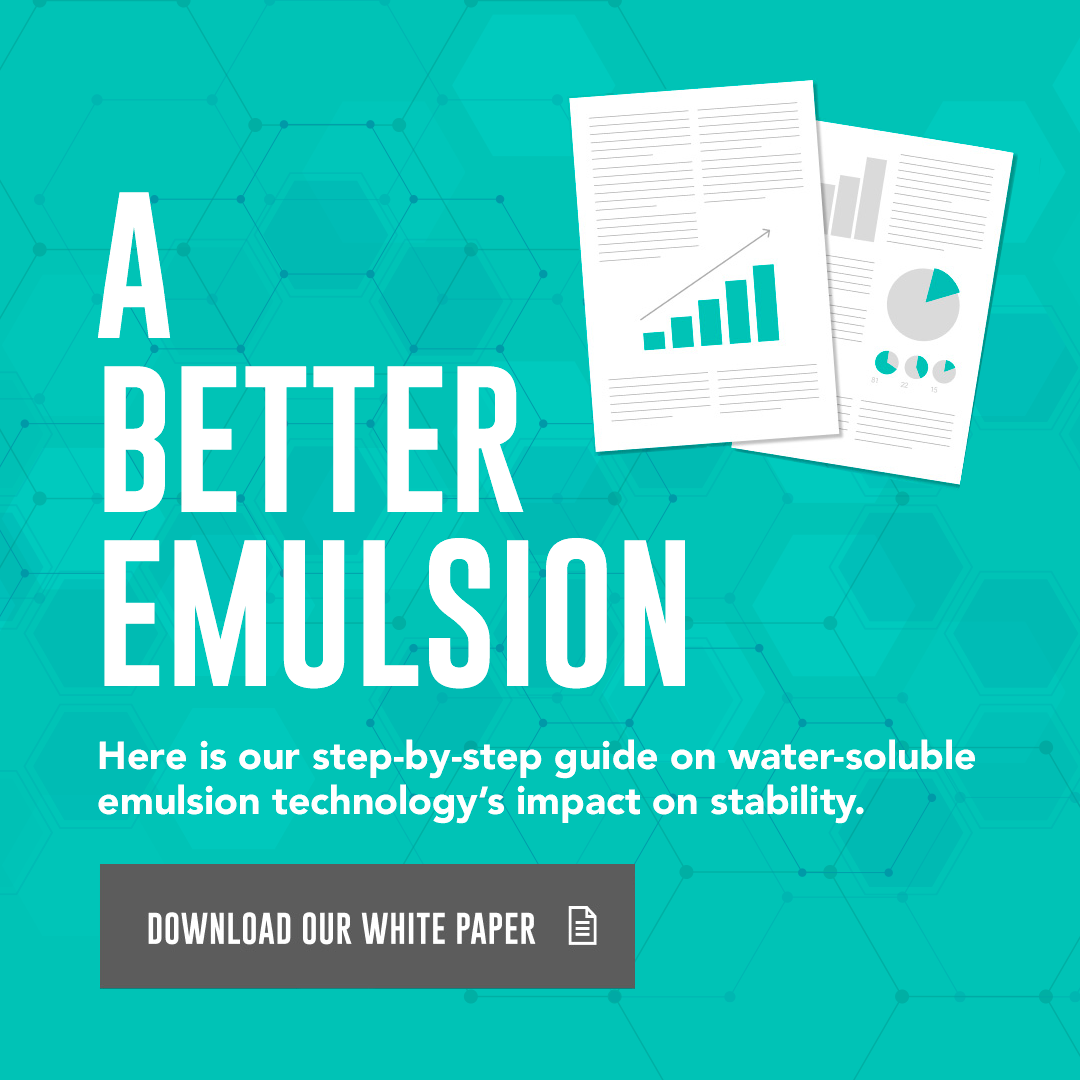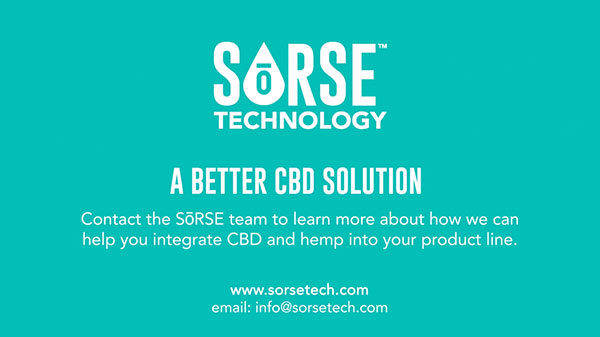While the cannabis industry is unique in many ways, product producers still need to commit to rigorous scientific practices to create and maintain a quality product. In the rush to catch the CBD wave, it can be tempting to cut corners on research, expertise, and, most of all, the testing necessary to deliver a quality product. That said, we do so at not just our own peril but that of the burgeoning industry. Here is an overview of the scientific processes advised for CBD product developers.
DO YOUR HOMEWORK
Well-designed, peer-reviewed research supporting structure-function claims for CBD is still relatively sparse, but it is expanding rapidly. Begin there — confirm that your idea has some basis in science. Then, refine your ideation with market projections and experienced consultancy. Research, or have your consultant advise on, the ideal potency for your form factor. It will be different for inhalants, edibles, beverages, and topicals; reliable work has been done in each product category. Then consider what supporting ingredients should be included to optimize bioavailability and the Entourage Effect. You can also look to related industries for scientific support; what can we infer from studies done on cosmetics, aromatherapy, asthma, sports medicine? This requires a lot of reading, but most scientific papers aren’t as dense as they appear at the outset. If they are too technical, you can always have a consultant parse them.
Expect to iterate according to the rapidly developing state of the art. As our scientific understanding expands, we are not just likely but guaranteed to have our current assumptions upended. In the cannabis industry, frequent reformulation and rebranding are the norm, not the exception.
PLAN FOR YOUR TESTING OUTLAY
After the product roadmap is outlined, everything boils down to testing. Test at every stage of processing (or ensure that your partners do): Farm, plants, extraction facility, extract, ingredients, lab, packaging, and finished product. Due to the importance of testing, some purchasing decisions must be made at the outset. Are you going to buy some of your own testing equipment or use a lab for everything? There are benefits and drawbacks to both, and the balance depends on your unique product and strategy.
BE THOUGHTFUL ABOUT PACKAGING
Package design is not just branding; the type of packaging used can have a real effect on shelf life. Exposure to light, heat, and air degrades cannabinoids (and other ingredients as well). Choose opaque packaging whenever possible, and try to minimize the amount of air the product will come into contact with (that’s why Velvet Swing uses an airless pump bottle, for example). The expansion of regulations will trickle down to packaging requirements. Think ahead about labeling and child-proofing.
PRIORITIZE INGREDIENT PARTNERS
It’s as true in the cannabis industry as it is everywhere else — high-quality products start with high-quality ingredients. For the extract itself, first decide on the degree of processing you will pay for. Will you do your own extraction, purchase hemp-extracted CBD oil, or purchase an even more refined product such as SōRSE? The more pure the extract, the more expensive it is likely to be, but it can absolutely be worth it due to the savings in equipment and testing costs.
Once you have your suppliers narrowed down and have received your first samples, they must be tested for potency and contaminants: pesticides, heavy metals, solvent residues, bacteria and fungi are standard. CBD companies should provide COAs, but at the beginning it’s best to verify via independent labs. However, while I recommend it initially, this testing is expensive, and you’ll quickly want to identify trusted, vertically-integrated suppliers whose plant-to-sale testing data you can access remotely. Supplier validation is crucial due to the complexity of the regulatory landscape. At SōRSE, we have supplier approval programs that monitor quality over time.
Fortunately, the other ingredients you might use in formulation are likely to have long-standing, reputable suppliers and FDA designations. Consult suppliers based on their systems for different types of tests. For example, if they use a liquid process, there is greater risk of mold compared to a powder.
TEST FOR EFFICACY
This is a highly detailed topic on its on accord; what follows is a summary of the process.
Producers should conduct efficacy testing on the same material that will be used in the finished product. CBD products should be developed like medicines, even though they are not yet regulated as such. A double-blind triangle test should be performed to establish efficacy according to various variables: potency, formulation, supplementary actives. In the THC market, product development can be hindered by regulation; fortunately, CBD is not so severely restricted. Make sure that your test group is large enough to justify your claims, even if you will not be making them on the label.
TEST FOR QUALITY
QA is primarily focused on safety, but the quality is a natural side effect. A hazard analysis must be conducted for the formula, the process, and the supplier chain. Each represents a different set of risks that have to be identified and monitored. Closely adjacent to QA is Regulatory. Depending on the type of product you are producing, regulatory documentation could include any of the following documents: Allergen statement, COAs, BSE/TSE, Ethical Sourcing/Trafficking, Food Grade Statement, FSMA Compliant Statement/FDA Registration, Gluten Statement, GMO Statement, Halal Certificate, Ingredient Declaration, Kosher Cert or Number, Letter of Continuing Guarantee, Natural Statement, Nutrition Information, Organic Statement, Product Data Sheet or Product Spec, Prop 65 Statement, Residual Solvents, Safety Data Sheet, Storage and Shelf Life, Third Party Audit, and Vegan/Vegetarian statement — but it is not standardized.
The sheer complexity of the testing and regulations that may apply to your CBD product can be daunting. Choosing SōRSE takes care of a lot of the worry for you. Here, we work with trusted, reliable suppliers and have leading-edge safety and regulatory standards. Our commitment to science is not only our superpower, but your ticket to peace of mind.





